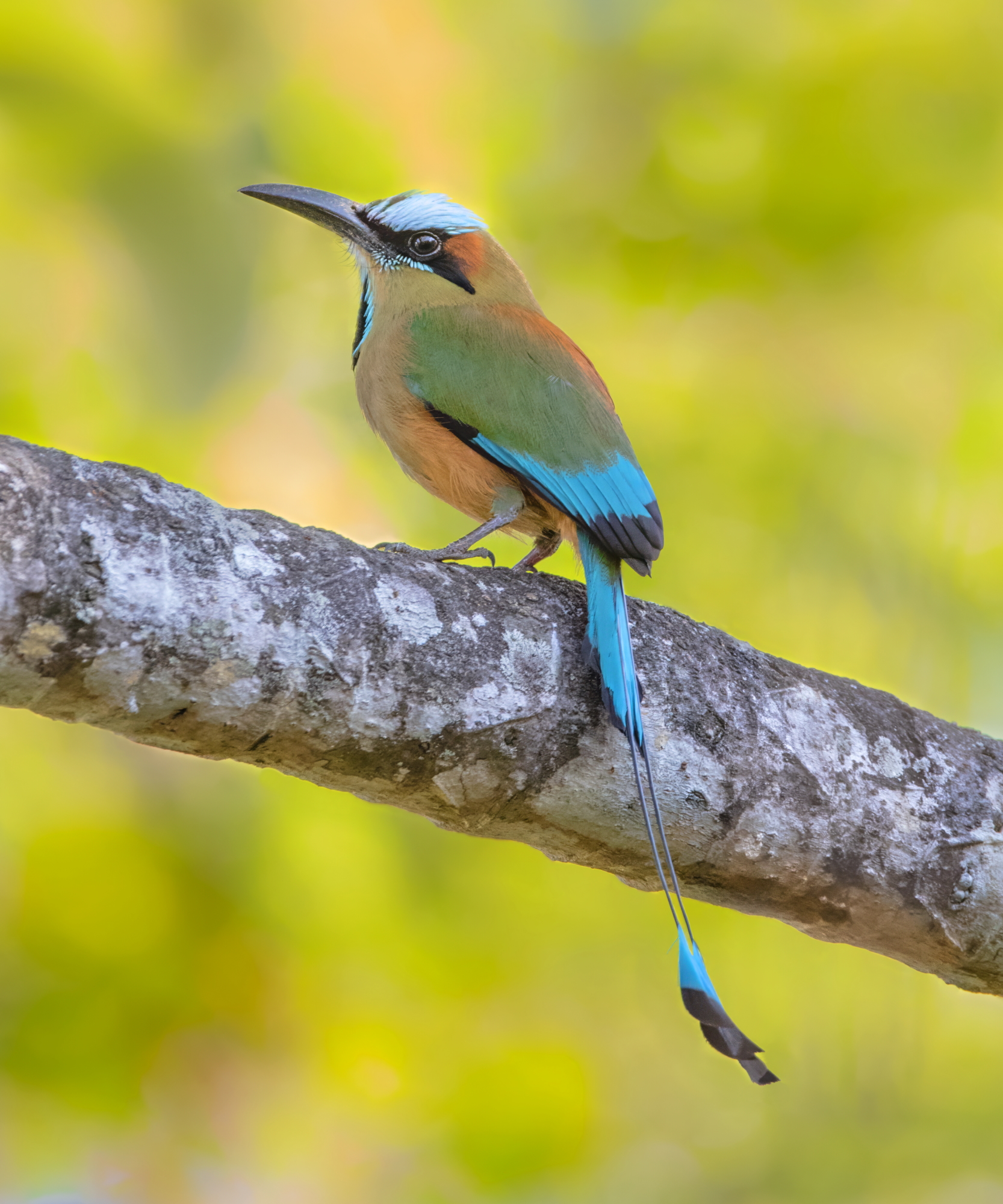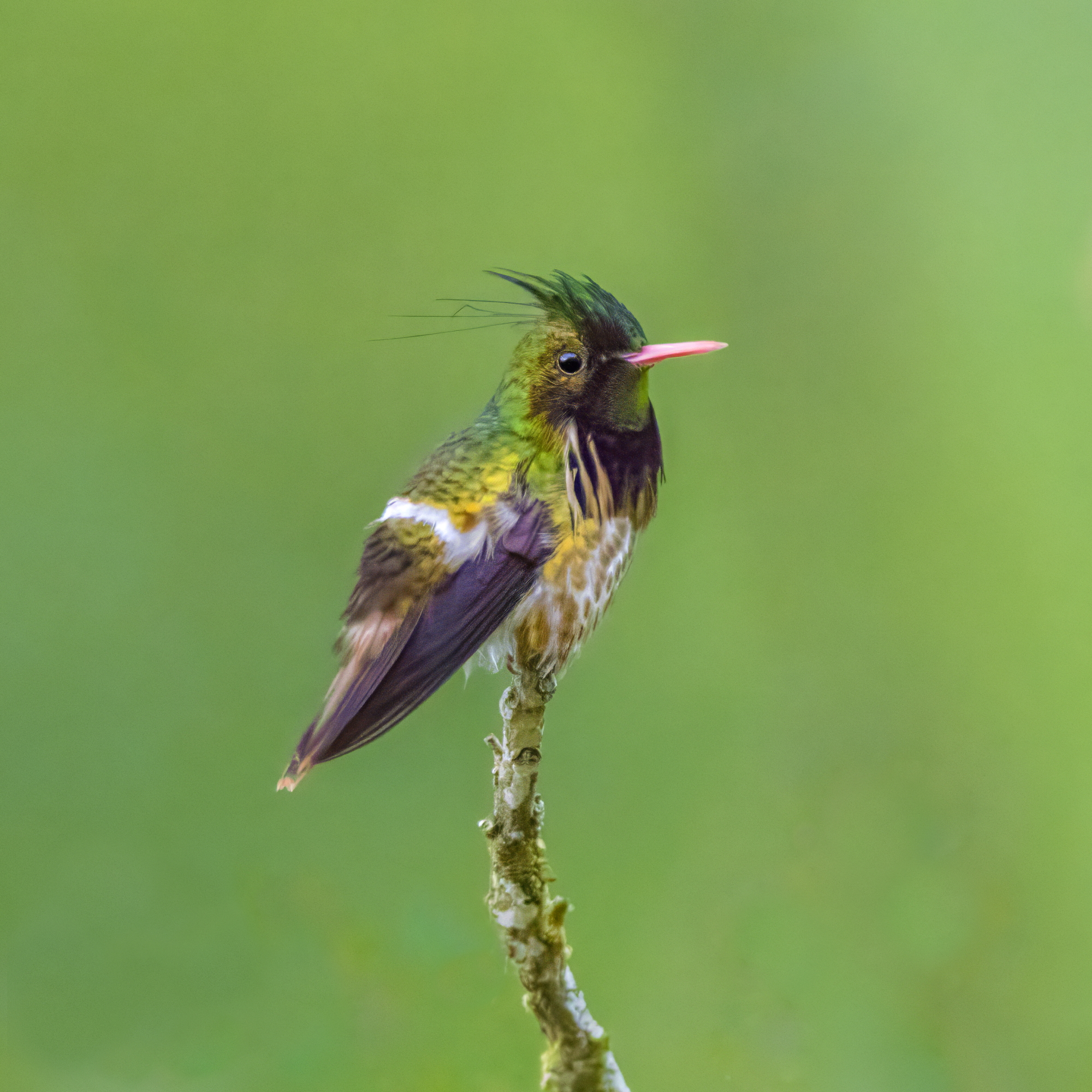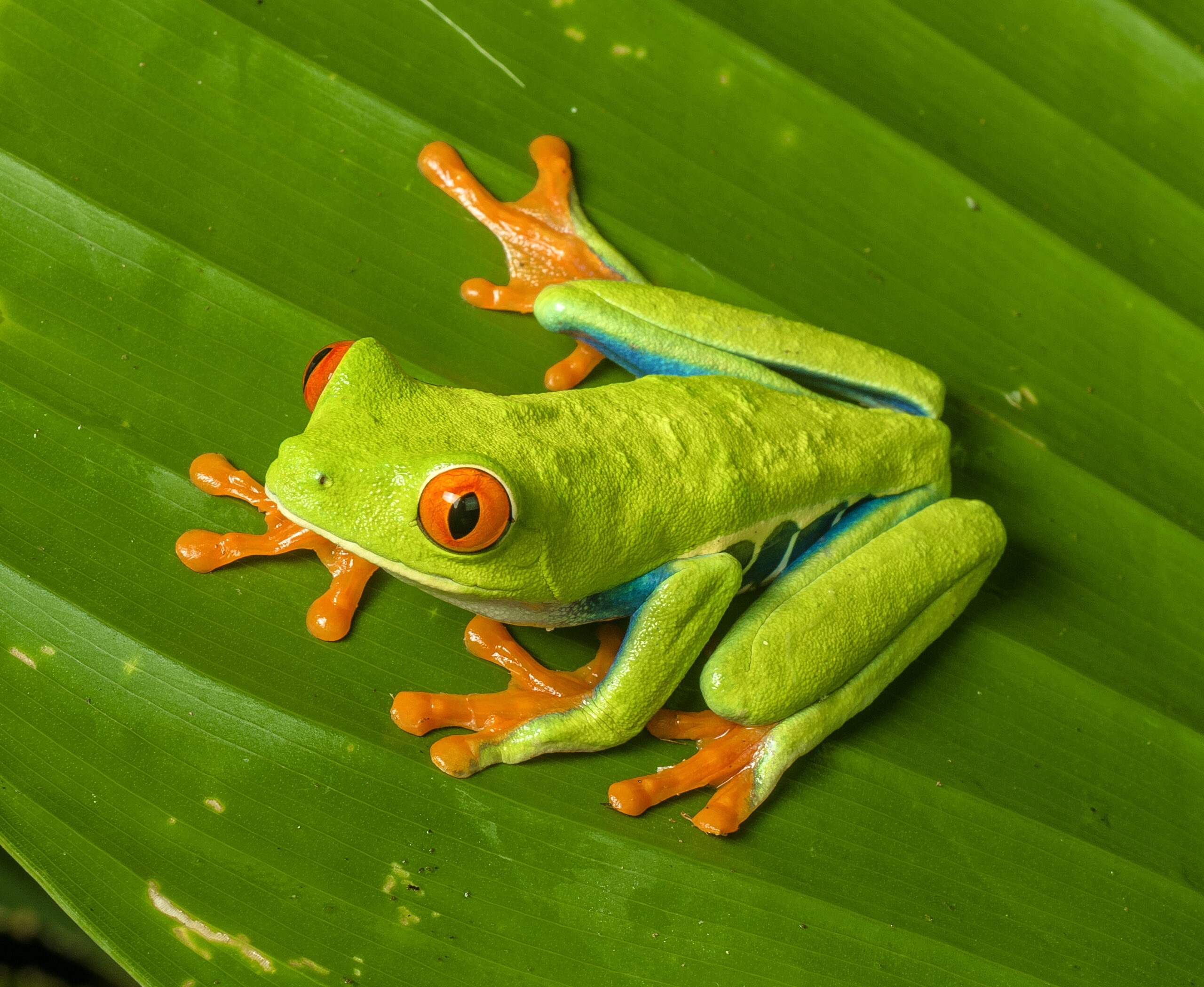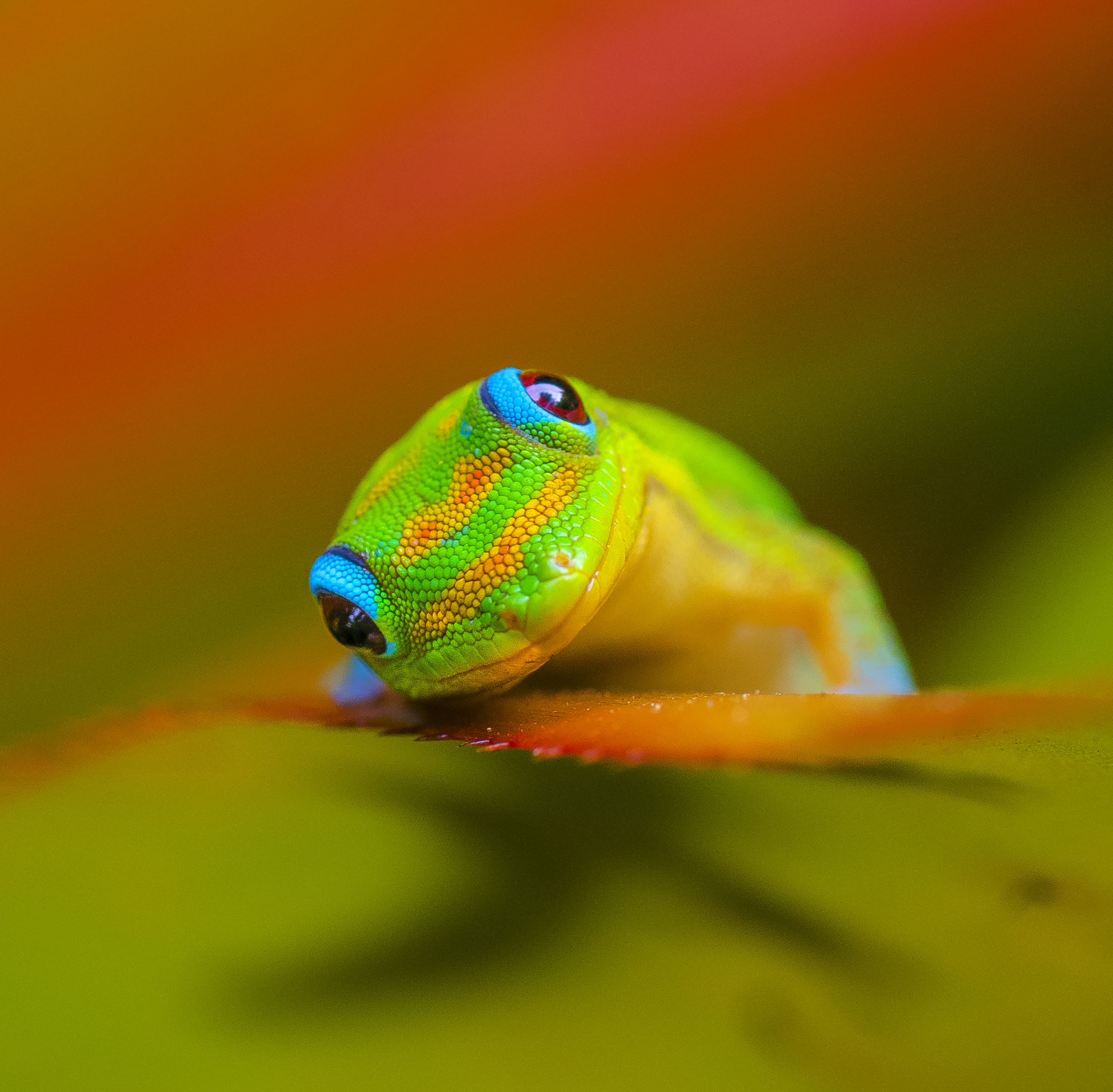Your cart is currently empty!

Appreciation for Biodiversity through Photographing the Natural World

Costa Rica 2024
We took a family vacation to Costa Rica in March-April 2024 and now we can’t wait to go back!
Arizona & California 2022 – 2023
While traveling through California and Arizona in the past few years for book projects, I’m typically focused on finding herpetofauna to photo. I usually get distracted by birds, scorpions, tarantulas, and other wildlife. Here is an unexpected distraction from southern CA in 2023, an amblypygi (or tailless whipscorpion). Currently this one is considered Paraphrynus tokdod.


Spain 2022
With my wife’s family roots in Spain, it has been fun getting to know the people and the native flora and fauna. This is a Five-spot Burnet (Zygaena trifolii), a day-flying moth that we saw in the Pyrenees.
Hawaii 2021
On a family trip to Hawaii coming out of the pandemic, I was eager to photo native birds on the Big Island. Native honeycreeper finches in particular. Here is an inquisitive mongoose. It was really surprising how many we saw at this location, given their impacts on declining native and endemic fauna.


Arizona 2021
Birding in Southeastern Arizona is always fun. This male Elegant Trogon (Trogon elegans) put on a nice show for a number of birders and bird photographers (myself included). It actually flew about eight inches past my head – a very memorable experience!
Sonora, Mexico 2015 & 2019
Herping Mexico usually yields lots of fun and exciting nocturnal animals. This West Mexican Milksnake (Lampropeltis polyzona) was a welcome find among lots of other welcome finds! It wasn’t until the 2019 trip that I was able to observe and photo the main target, the Black Banded Gecko (Coleonyx fasciatus). My friend and I were then able to publish this article on the rarely seen and little-known species. This paper had developed over years of compiling photos and miscellaneous bits of information as it trickled onto the internet, first in unostentatious web locations but later on social media platforms, as next to nothing of any substance was actually available in the primary literature (for a species first described in 1885!).

Here are more of my photos from travels and research over the years…
























